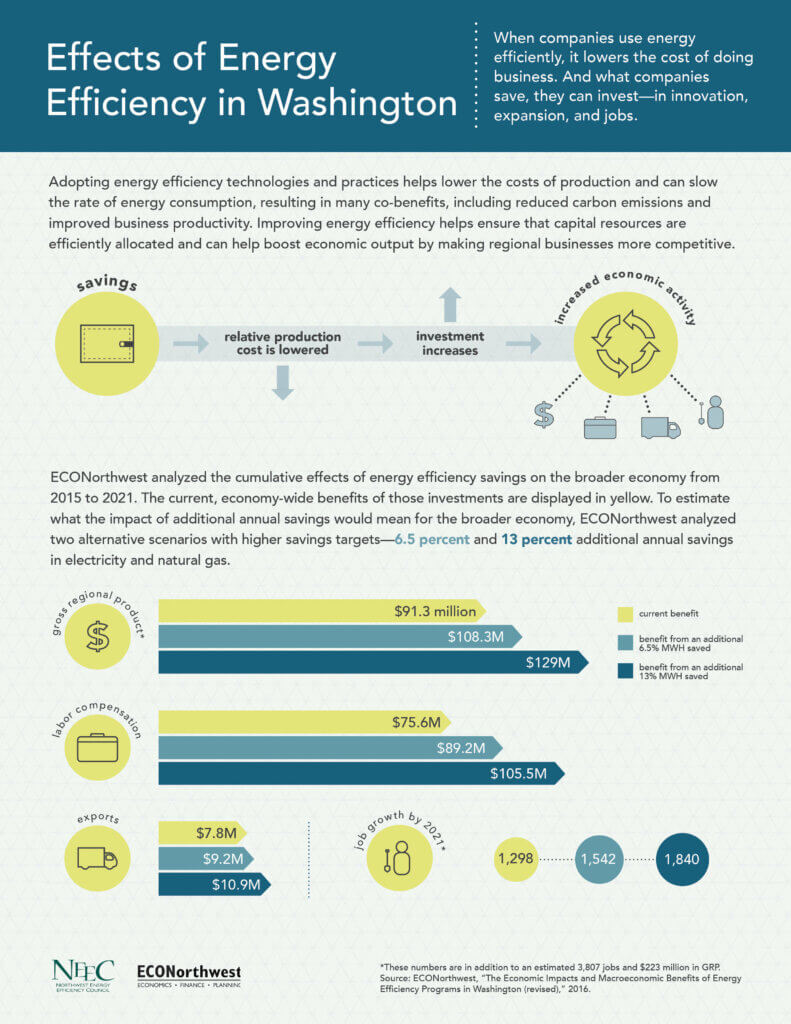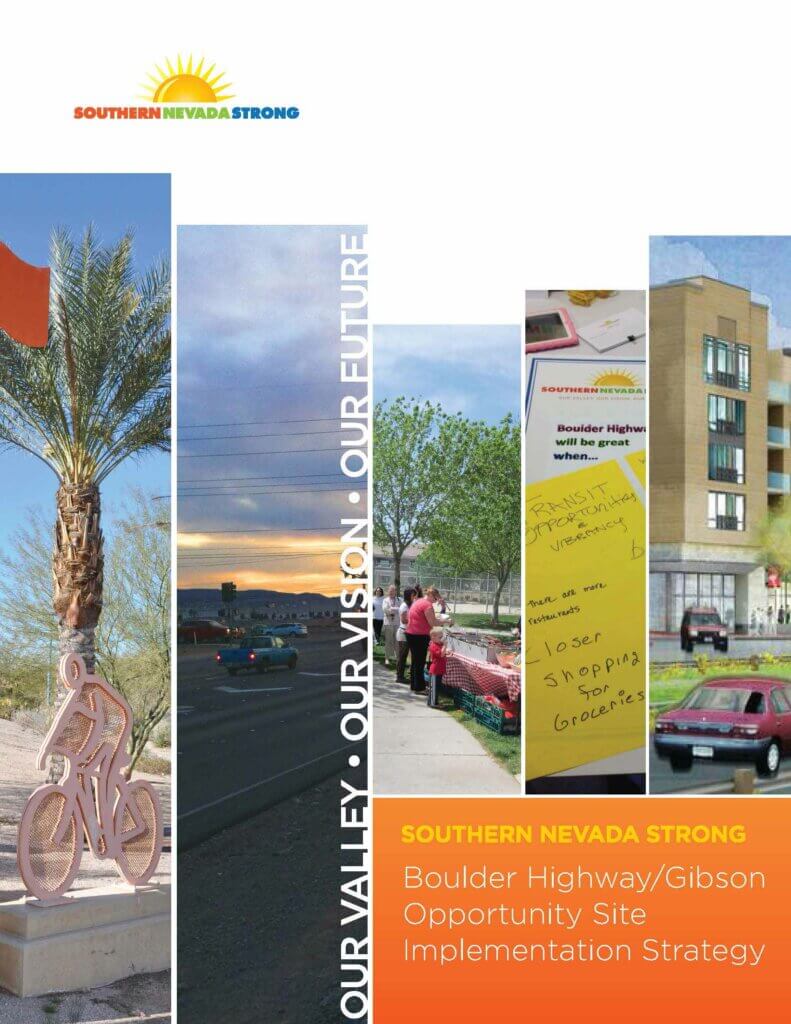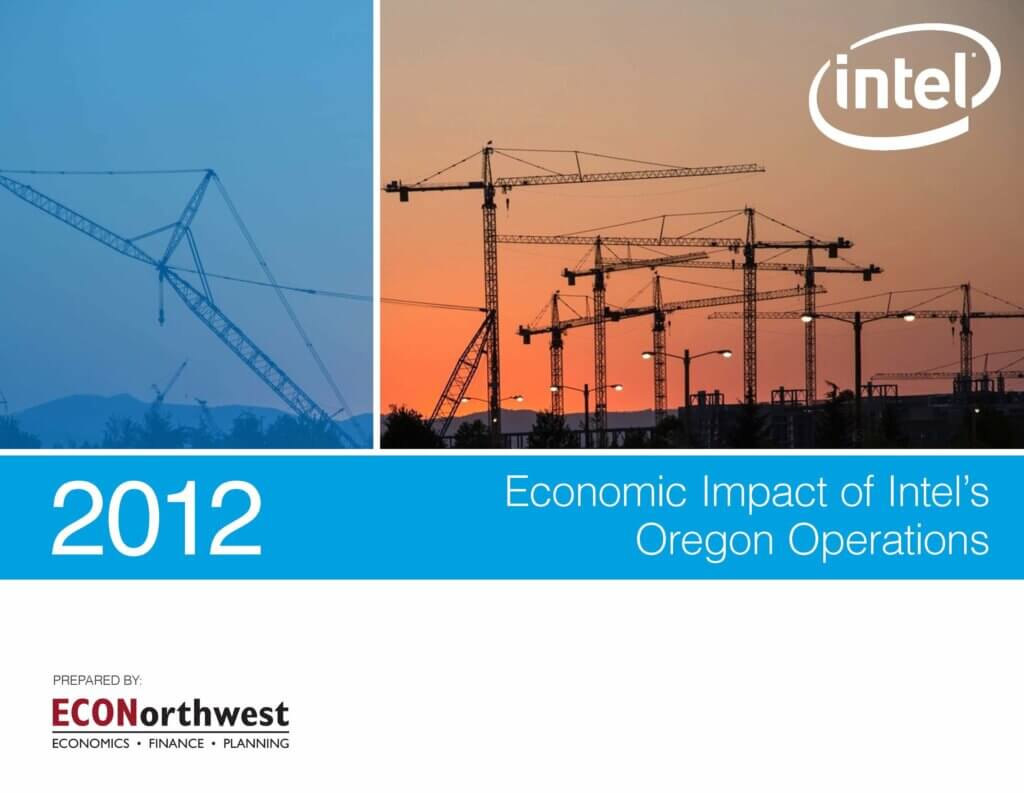“Most older Americans with career employment change jobs at least once before retiring from the labor market.” — Kevin E. Cahill, Senior Economist, ECONorthwest
 Does bridge employment mitigate or exacerbate inequalities later in life?
Does bridge employment mitigate or exacerbate inequalities later in life?
Income inequality and elderly poverty rates in the United States, among the highest in the developed world, are reproduced in retirement, largely because those earning more over their lifetimes then enjoy higher Social Security benefits and are more likely to be covered by an employer pension plan. This research, published in the journal Innovation in Aging, examined whether continued work later in life alleviates or exacerbates economic disparities at older ages.
Background
Bridge employment refers to a job or jobs between career employment and complete labor force exit. Bridge employment is the preponderant pathway into retirement in the United States. The prevalence of bridge employment has remained at 50–60 percent since at least the mid-1990s.
The relationship between bridge employment and economic disparities later in life is well suited for empirical investigation because, conceptually, the impact could be in either direction.
Bridge employment could exacerbate economic disparities later in life, as those with advantages throughout their work histories are likely to have those advantages extended to their labor market transitions later in life, yielding work arrangements and higher wages that might not be available to lower-wage workers. Alternatively, bridge employment could provide lower-wage workers with flexible arrangements not available in their career jobs that enable continued labor force participation.
What We Found
- Our analysis of thousands of retirement transitions shows that gradual retirement in the form of bridge employment does not significantly exacerbate wealth inequalities among Americans who hold career jobs later in life.
- The age at which individuals leave career employment, however, is a notable factor impacting the wealth distribution. Transitions into bridge employment after age 66 are associated with a wider spread in the wealth distribution.
- Bridge employment, on balance, appears to be a good thing for workers. These jobs provide security for those who work primarily for financial reasons and improved social networks and engagement for those who work primarily for non-financial reasons. The potential downside with respect to inequality does not appear to be a concern.
- Beyond the workers themselves, continued work later in life is a good thing for society, as more people produce goods and services to be distributed over an aging population.

Impact
 Continued work later in life in the form of bridge employment serves several purposes—from much-needed financial support for those at the bottom of the wealth distribution to the many non-financial benefits of work for those at the upper end. Much is known about the prevalence and determinants of these bridge jobs, yet relatively little is known about the implications of such job changes—compared to direct exits from a career job—upon economic disparities in later life.
Continued work later in life in the form of bridge employment serves several purposes—from much-needed financial support for those at the bottom of the wealth distribution to the many non-financial benefits of work for those at the upper end. Much is known about the prevalence and determinants of these bridge jobs, yet relatively little is known about the implications of such job changes—compared to direct exits from a career job—upon economic disparities in later life.This study, based on a nationally-representative sample of thousands of older Americans, finds that bridge employment is not a significant contributor to inequalities later in life. As a result, potential concerns about inequalities do not appear to be a substantial detractor to the benefits associated with policies that promote continued work among older Americans.







